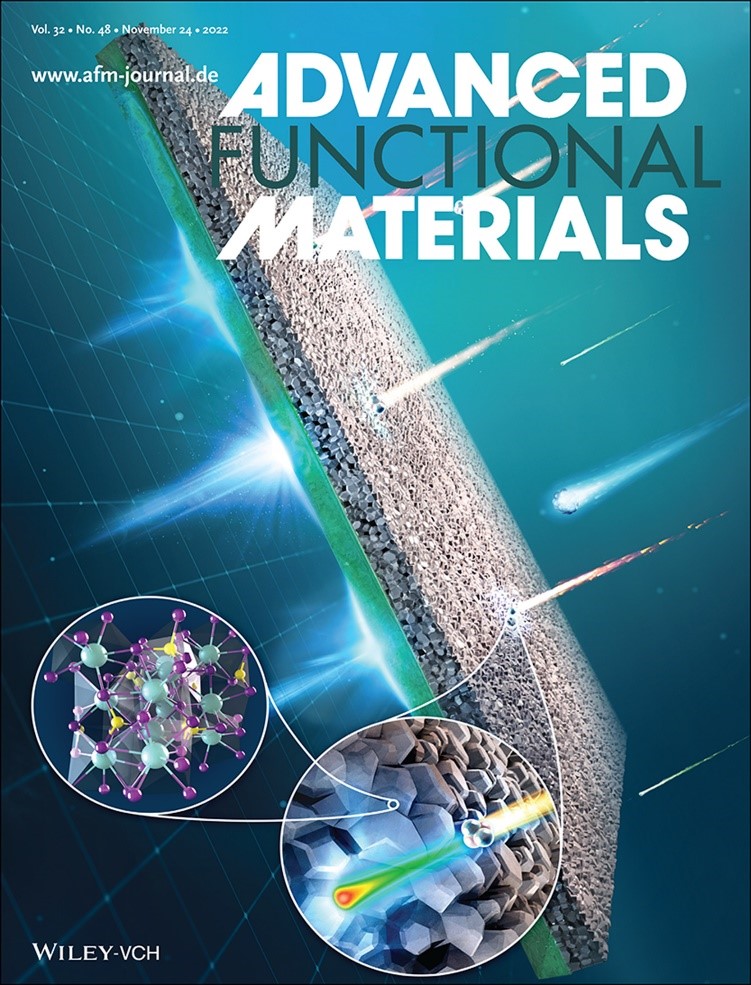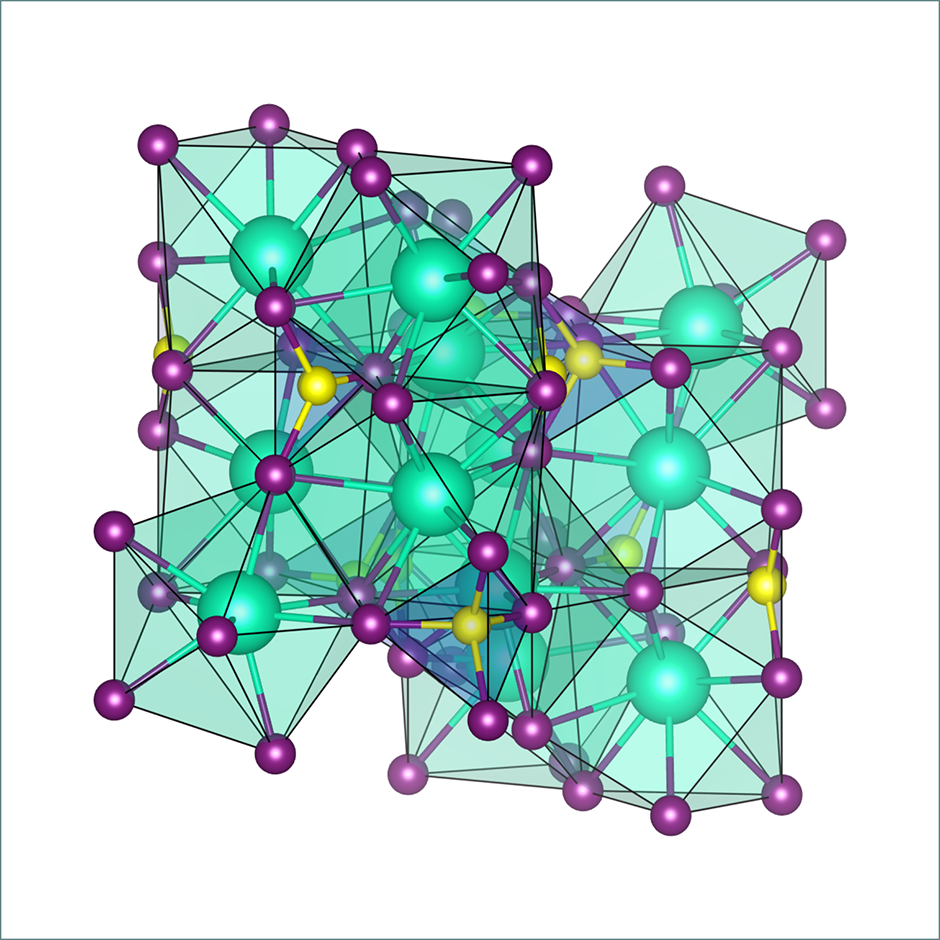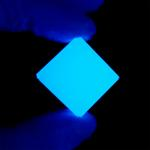Researchers at the ELKH Institute for Nuclear Research (ATOMKI) in Debrecen and the University of Szeged (SZTE) have been evaluating the properties of perovskites, a class of compounds suitable for measuring radioactivity. While maintaining the accuracy of measurements, their goal is to use these to develop minituarized detectors for special measurement tasks of space research, nuclear power stations and fusion reactors, among other applications. The results were published in the prestigious scientific journal Advanced Functional Materials. They also submitted an international patent application for the use of detectors containing the perovskites under observation.

Radioactive radiation is a natural part of our lives, but we cannot detect it with our senses. The phenomenon of radioactivity was discovered in 1896. Even in the early phases of research, so-called scintillator materials, which respond to incoming particles by emitting flashes of light, were popularly used to detect radioactivity. The first observations were made with the naked eye in darkened rooms. The scientists excitedly watched and counted the weak light signals flashing on the screen coated with scintillator material.
Scintillator detectors are still widely used today as a relatively simple and affordable solution. Researchers grow transparent single crystals from the appropriate material for the given test. These can vary in size from a millimeter to a decimeter depending on the given application. The flashes occuring in the crystal are monitored using light-sensitive electronic detectors positioned around it. The form of the signal received makes it possible to identify the type of particle detected, while its brightness indicates the energy of the particle. The larger the crystal, the more precise the information it provides on the particles passing through it or being absorbed by it.
For some applications, however, it is necessary to prepare extremely small detectors from the scintillator materials, which are capable of providing reliable data despite their miniscule size. It is for this reason that the researchers from ATOMKI and SZTE set out to examine the properties of perovskites, crystal materials which are becoming increasingly popular. They further plan to use conventional scintillator detectors to develop competitive devices.

Image: Spatial representation of the Cs3Cu2I5 perovskite crystal matrix
The term perovskite does not indicate a single mineral, but a family of more than 400 compounds with a defined structure. Of these, the Hungarian researchers examined the scintillator properties of the copper-based CsCu2X3 and Cs3Cu2X5 (where X can be chloride, bromide or iodide ion) perovskites. The extremely promising results of their work were reported in the scientific journal Advanced Functional Materials. Further to this, an international patent application was submitted for the use of detectors containing the perovskites under observation.
During the course of their research the experts from SZTE manufactured thin layers from the above copper-based perovskites using a process for layer production they developed in house. The thickness of the resulting thin layer can be compared to that of a human hair, but its surface can be of practically any size. ATOMKI researchers examined the nature of the light emitted from the layers they manufactured in response to particle radiation of various types and energy levels. In a separate experiment, they tested how the thin layer of perovskite can withstand extreme conditions and the intense particle rain hitting the layer. This is important as the compact detectors need to be able to resist both very low (in space) and very high (inside a reactor) values in terms of temperature and pressure. In addition, the sensitivity and effectiveness of the detector cannot fall away significantly with time due to the potentially damaging effect of the detected particles.

Image: Photograph of the Cs3Cu2I5 perovskite thin layer illuminated by 365 nm UV light
According to the results of the experiments, thin-layer perovskites are suitable for the detection of charged particles. Meanwhile they are not sensitive to gamma radiation, which is particularly advantageous in certain measurement environments. The researchers are hopeful that the new material not previously used as a scintillator will perform highly effectively in its new role and be suitable for application in space research, nuclear power stations or even fusion reactors, as well as finding a use in environmental radiation protection. The devices may prove primarily useful where microscopic quantities of a radioactive material need to be reliably detected amid a sea of background noise.